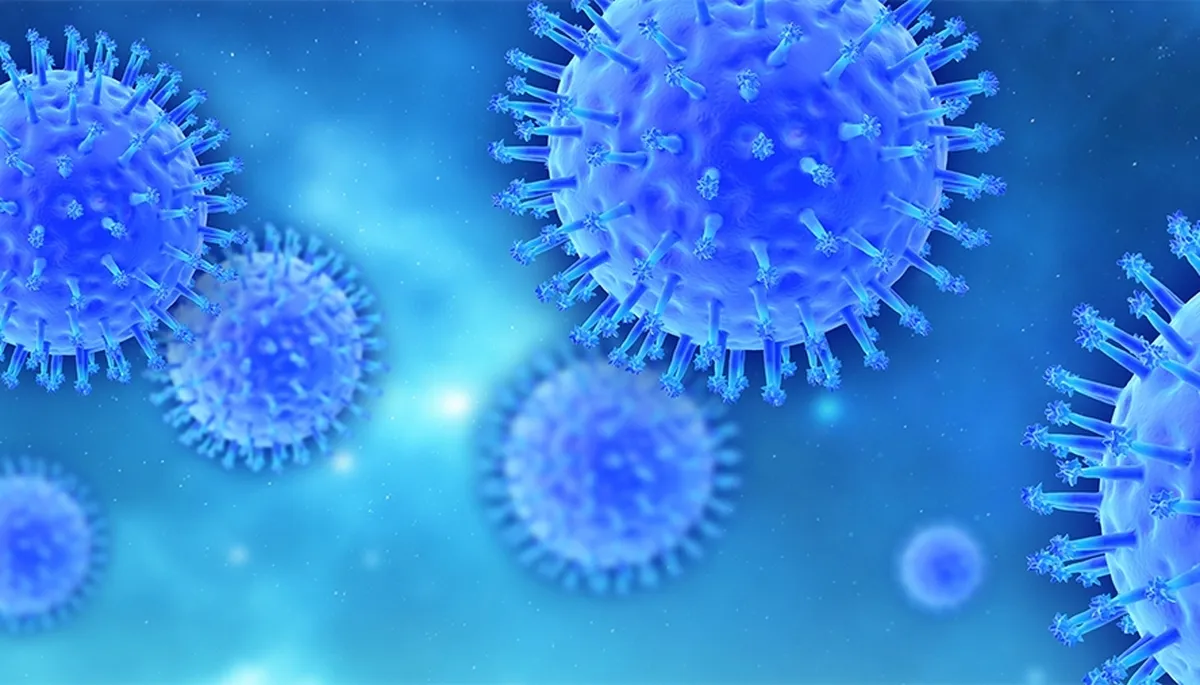New Pattern in Virus Transmission

The study, published in the journal Proceedings of the National Academy of Sciences, focuses on the movement patterns of E. coli bacteria and a bacteriophage, M13, that can infect it.
Previous studies generally believed that animal migration accelerates the spread of viruses. However, new research has found that certain animals, like monarch butterflies, have a reduced probability of disease infection during long-distance migration.
To understand the underlying patterns, researchers used E. coli as the host and M13 bacteriophage as the virus, constructing a system in the lab where the host and virus interact.
By manipulating the host's movement and the virus's infection characteristics through synthetic biology and studying them using mathematical models, the researchers discovered that the faster the directional movement of bacterial populations, the more easily infected bacteria are discarded by the moving group, eventually leading to a population composed entirely of healthy bacteria.
The research provides insights into a deeper understanding of the patterns of infectious disease transmission, said Fu Xiongfei with the SIAT, corresponding author of the paper.
4155/v





















